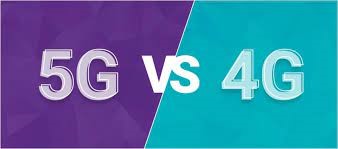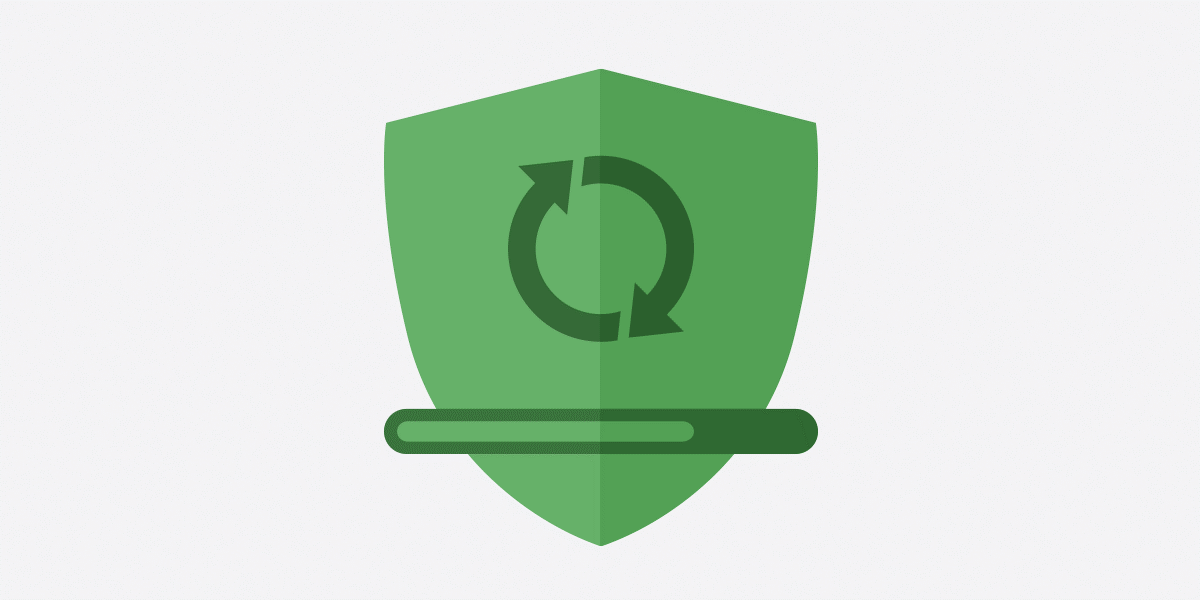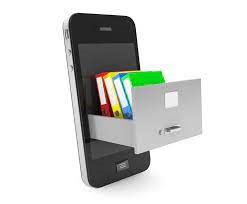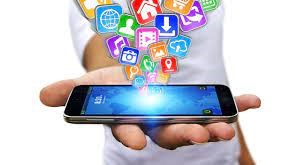Check out this smartphone buying guide 2022
The Indian consumer is currently spoilt for choices when it comes to smartphones. Companies have been on a launch spree, making a budget to premium smartphones available in the second-largest smartphone market worldwide. While most mid-range and premium smartphones pack everything that a consumer might want, smartphone companies often cut corners on budget devices to keep the cost low. Therefore, while there are plenty of options, it is important to know which smartphone is the best for you.
Here are some tips and tricks to ensure that you get the best value for your money while buying a budget smartphone in India.
Budget smartphone buying guide 2022
The most important thing while making your purchase decision is knowing what you want from a smartphone. Break down your use case into at least six parameters, such as display, camera, battery life, processor, design, software updates, etc. You can analyze and make it simpler for you even further by adding other parameters such as speakers, build quality, splash resistance, etc.
1. 4G Phones Vs 5G Phones

The biggest difference between 4G and 5G is latency. 5G promises low latency under 5 milliseconds, while 4G latency ranges from 60 ms to 98 ms. In addition, with lower latency comes advancements in other areas, such as faster download speeds. Potential download speeds. 5G adds more capacity, and more ”space” to use, which means that there's more room for everyone and that their devices get higher data speeds. This is important because data traffic grows at about 60% per year as people stream more video and use more connected services.
2. Battery & Charging Tech

In this technology, the positive electrode acts as the initial lithium source and the negative electrode as the host for lithium. For about a decade, scientists and engineers have been developing sodium batteries, which replace both lithium and cobalt used in current lithium-ion batteries with cheaper, more environmentally friendly sodium.
One of the most promising alternatives is the use of sodium-ion (Na-ion) batteries over lithium-ion batteries. Na-ion batteries have several advantages over the traditional Li-ion batteries in a variety of end-uses. Lithium and sodium are both alkali metals and are right next to each other on the periodic table. Battery charging is a complex electrochemical process, in which the discharged electric energy must be replenished from the electric network.
3. OS & Security Updates

Operating system updates contain new software that helps keep your computer current. Examples of updates include service packs, version upgrades, security updates, drivers, or other types of updates. Important and high-priority updates are critical to the security and reliability of your computer.
Operating system updates provide fixes to possible bugs and security holes, along with cleaning up outdated software that may slow down your device. Ensure that your computer, mobile phone, or tablet is using the latest version of its OS to protect your devices and data from cybersecurity issues. When software companies discover a weakness in their system, they release updates to close them. If you don't apply those updates, you're still vulnerable. Outdated software is prone to malware infections and other cyber concerns like Ransomware.
4. Storage
 On your Android phone or tablet, make sure you're signed into your Google account. From the Play Store, download the Google One app. In the Google One app, at the bottom, tap Upgrade. Choose your new storage limit. 128 gigabytes are more than enough for all of your apps and games, and you'll be able to record up to 20 hours of video clips before it fills up. Even if you plan on keeping your phone for the next 3-to-4 years, it's unlikely that you'll ever need to worry about storage during that period.
On your Android phone or tablet, make sure you're signed into your Google account. From the Play Store, download the Google One app. In the Google One app, at the bottom, tap Upgrade. Choose your new storage limit. 128 gigabytes are more than enough for all of your apps and games, and you'll be able to record up to 20 hours of video clips before it fills up. Even if you plan on keeping your phone for the next 3-to-4 years, it's unlikely that you'll ever need to worry about storage during that period.
5. Multimedia

A multimedia phone is a mobile telephone that allows users to access the Internet, send messages, and take and send pictures while a smartphone is a combined mobile telephone and personal digital assistant. Text, picture, and video messaging services are examples of multimedia that people create and share using mobile devices. Mobile multimedia is made or viewed with a mobile device, like a smartphone.
A smartphone is a phone that acts in many respects like a computer. It can upload and download files from the Internet, and can act as a global positioning system (GPS); it can take videos and then send them on to contacts, or upload them to social networking pages.
iQOO Neo6 To Launch Soon In India
Do These 10 Things With Your New Laptop
Related post
0 comments
Leave a reply
Please Login or Register to Comment. Get StartedDo These 10 Things With Your New Laptop






